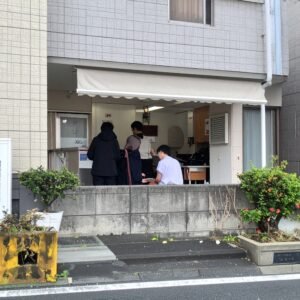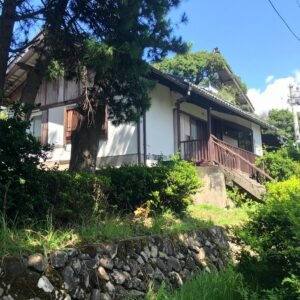Japan’s rental market is expected to undergo increasing polarization along two main lines. The divide between urban and rural markets is growing, and the gap between luxury and general rentals is becoming more pronounced. Below are the key developments behind this trend.
Urban Demand and Stable Rents
Rural Areas Face Vacancies and Price Pressure
In major cities like Tokyo and Osaka, rental demand remains strong due to the concentration of businesses, high-income individuals, and foreign workers. As of 2025, the national average vacancy rate is 13.2 percent. In Tokyo’s 23 wards, it is only 8.5 percent. By contrast, in many suburban and rural areas, vacancy rates exceed 20 percent. It is now common to see fully occupied buildings and half-year-long vacancies existing side by side.
Rents in urban centers continue to rise. Features like AI systems and smart home technology are no longer optional. They are becoming expected standards for competitive rental units.

Rural and Suburban Areas Face Aging and Population Decline
In rural regions, population decline and aging are accelerating. Rental demand is weak and the number of vacant properties continues to grow. Properties without strong appeal or proper maintenance are being removed from the market at a faster pace. However, certain areas with strong transport links and access to healthcare and education still maintain steady demand.
Luxury Rentals and General Rentals Are Clearly Dividing
Remote work and the growing presence of global high-net-worth individuals are increasing the demand for high-end rentals. Units larger than 100 square meters and branded residences are becoming more popular. Rents in this segment are climbing.
Wealthy tenants and investors are showing strong preferences for smart features, wellness amenities, and a more comfortable residential experience. This shift in lifestyle is driving the growth of the luxury rental market.
In contrast, the general rental market is now facing increased pressure from price competition and higher vacancy risk. Owners of general properties are dealing with new challenges that demand greater differentiation and higher value to stay competitive.

Minimum Expectations for Property Features Are Rising in Cities
In city centers, property standards are becoming stricter. Tenants now expect features such as:
- High-speed internet
- Sound insulation and thermal performance
- Dedicated workspaces
- EV charging stations
- Smart home systems
Features that were once considered nice to have are now essential. Properties without them are quickly filtered out by tenants during their search. In rural areas, these features are still uncommon, widening the gap between regions. For rural properties, unique value or strong management support is critical to remain viable.
Market Outlook and Strategic Implications
The trend of polarization will likely continue in the years ahead. Urban and high-end segments will see steady growth. In contrast, rural and standard rental segments will face structural difficulties. As a result, property selection and investment strategies will need to shift. Investors and owners must assess their properties carefully and consider:
- Whether their asset matches urban demand or needs renovation
- Which features should be upgraded to meet changing expectations
- How to position their property within the evolving rental landscape









